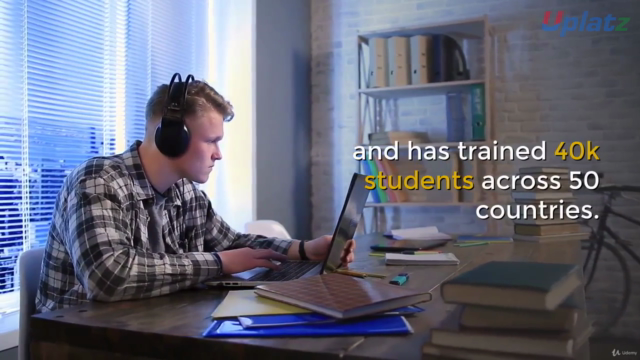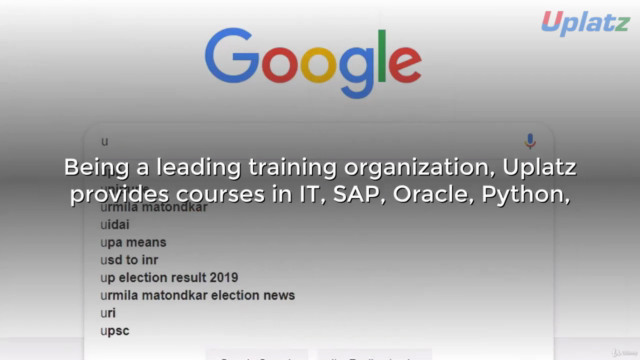SAP Product Costing
Master concepts of SAP Product Costing (CO-PC). Learn Cost Component Structure, Costing Types, Cost Object Controlling.
3.00 (21 reviews)

146
students
7.5 hours
content
Jan 2024
last update
$39.99
regular price
What you will learn
In-depth knowledge of SAP CO Product Costing (CO-PC) module
Become an SAP Finance / FICO / CO Consultant
Prepare for SAP FICO Certification Exam
Cost Component Structure
Costing Types
Define Costing Type
Cost Object Controlling
Working with the Controlling Area
Defining Assignments
Working with the Settlement Profile
Screenshots




3303716
udemy ID
7/6/2020
course created date
7/11/2020
course indexed date
Bot
course submited by